Magazine helped to keep up munitions workers' morale
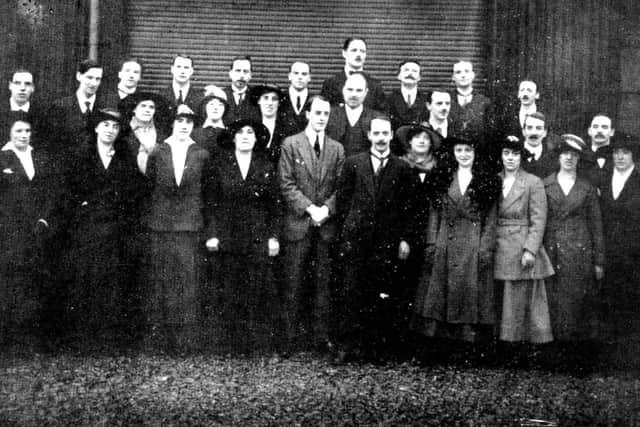

The coalition Government was forced into creating a Ministry of Munitions, headed by Lloyd George, and almost immediately leading armaments companies were asked to build factories dedicated solely to the production of shells and other war weapons.
 Hadfields built a factory adjacent to their East Hecla Works where guns were manufactured, whilst Thos Firth & Sons built a shel- making facility at Tinsley which became known as the Templeborough National Projectile Factory. Â
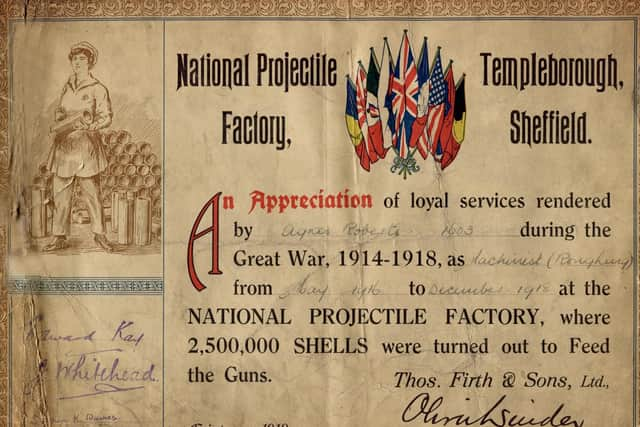

Advertisement
Hide AdAdvertisement
Hide AdThe labour requirements for the factory were estimated in 1915 at 300 skilled men, 1,000 unskilled and 4,000 women. By the end of the war there were 5,000 women employed with just a handful of male managers who oversaw the whole works.
Staff facilities in companies prior to 1914 had only been rudimentary but during the war many firms came to recognise the importance of providing welfare facilities to help attract new recruits and maintain production. Â
Canteens were introduced along with first aid rooms and social activities.
There were no women in Britain's police forces before the war so women from a voluntary organisation known as the Women's Police Service were also recruited to both control and protect women workers.
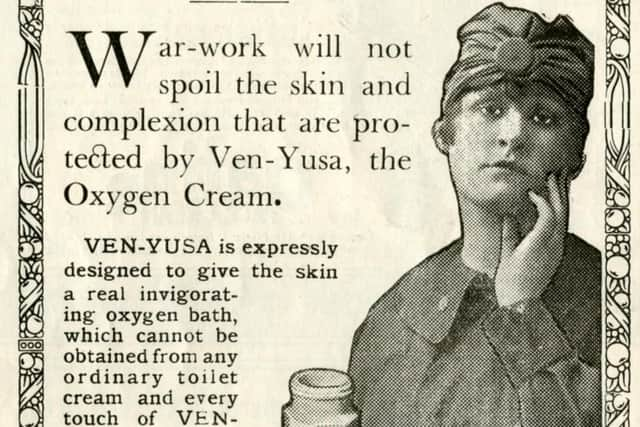

Advertisement
Hide AdAdvertisement
Hide AdIn an attempt to keep everyone involved and to maintain morale, a cheerful publication full of news, sports and social events, poems, short stories, quizzes and activities in support of the war effort started to appear at Templeborough in 1917. Â It was called The Bombshell.
 This is the first verse of one poem submitted:Â
The Girl and the Lathe
 '˜O' my heart is beating lightly,
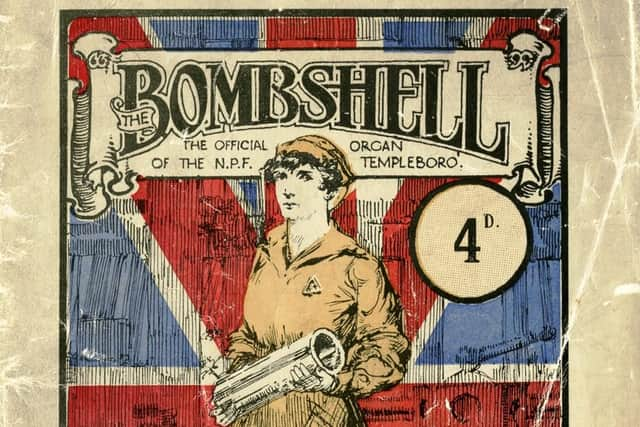

 For I know I'm doing rightly,
When I'm turning out the shells to smash the Hun,
And a melody comes ringing,
For I find my mind is singing,
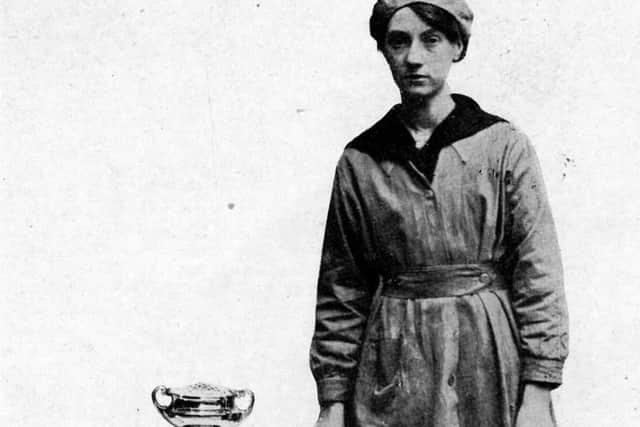

To the music of the lathe upon its run.
The journal is amply illustrated with photographs of members of the different departments, drawings, cartoons and music for songs. Â A normal edition cost 2d but occasionally bumper editions were produced which cost 4d. Â
All members of staff were invited to submit contributions and prizes given for drawings and stories. News was collected from Firths' other sites so it could be included as well.
The sporting news included details of the activities of the women football teams.  They played on a sports field next to the works and took on teams from local companies and from other National Projectile Factories such as the one in Barnsley.  There were also hockey teams, a swimming club, chess and draughts and a 100-strong choral society which gave concerts in local hospitals and in the works canteen. Â
Advertisement
Hide AdAdvertisement
Hide AdLocal charities were supported by fund-raising events and '˜flag' days for organisations like the Red Cross. By the end of the war 68 charities had benefited from sums ranging from £4,003 to one guinea. Â
The war effort was also supported with staff encouraged to pay into the War Savings Association and regular cash prizes given for the holders of war savings certificates. Â
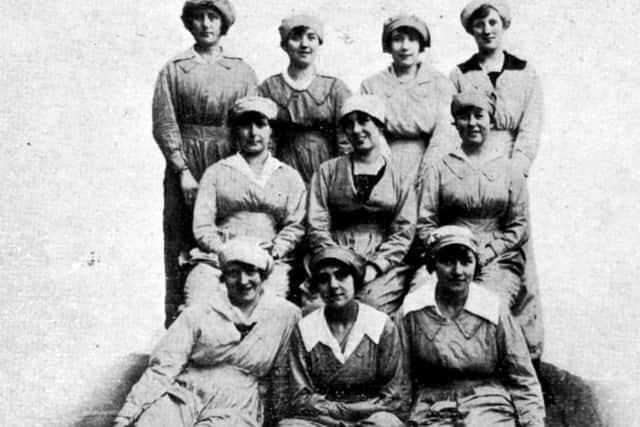

Women employees at the East Gun Works adopted 60 beds in Fir Vale Hospital and supplied the wounded with daily and weekly newspapers.  They each paid 10/6 per week towards the Hospital Bun Fund and every Wednesday six girls and a supervisor visited the hospital, taking cakes and cigarettes for the men. They also presented the hospital with a gramophone costing £9.
When the war came to an end all the employees were faced with redundancy and a big farewell party was organised for two days in December 1918 to which employees' children and some wounded soldiers were also invited. Â
Advertisement
Hide AdAdvertisement
Hide AdThere was a collection of presents to be given to the guests and £150 worth were donated. Tea was provided followed by musical entertainment and a lantern show for the men whilst the children were entertained by a Punch and Judy show and a conjuror. Â
By Christmas most of the women had left but their work was recognised by the presentation of certificates of appreciation. Â
They must have really missed the camaraderie and social activities when they returned to their former jobs or to the home.
The Bombshell continued after the war as Firths' house journal.
Advertisement
Hide AdAdvertisement
Hide Ad*Former Lord Mayor and history graduate of Sheffield University Sylvia Dunkley is one of the speakers at an event called Sheffield's Great War at Sheffield City Hall Memorial Hall on Sunday, November 11, the centenary of the end of the war.